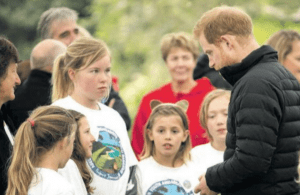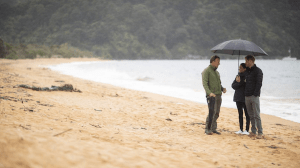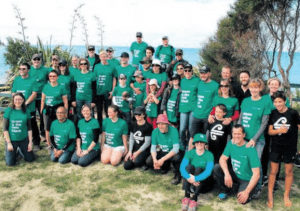26 April 2019, Nelson Mail
By Skara Bohny
Kiwi could be coming back to the Abel Tasman thanks to successful predator control programmes like an upcoming aerial 1080 drop.
Project Janszoon director Bruce Vander Lee said the success of Abel Tasman predator control programmes including both trapping and 1080 poisoning was encouraging the idea of returning kiwi to the national park.
“We’re starting to think about it, can we bring kiwi back? We’re just starting discussions with DOC (Department of Conservation) and iwi but the success of the kākā project is very encouraging.”
Female kākā were re-introduced into Abel Tasman National Park in 2015, after the species was considered technically extinct in the area with only a few male individuals left.
This year, one of the introduced females successfully paired up with a male and produced four healthy fledglings, the first in many years and hopefully the first of many to come, with more kākā reintroductions planned for this year.
Another species flourishing thanks to pest control is the pateke or brown teal duck. Vander Lee said it was “particularly vulnerable” to both rats and stoats.
“It’s the rarest duck in New Zealand. We started releasing them [into Abel Tasman] about two years ago, and in two years we haven’t lost one to mammalian predators.”
DOC and Project Janszoon will be carrying out rat control in the national park in late autumn/early winter, after a heavy beech seeding summer.
Vander Lee said 1080 was just one of many tools in the pest-control tool-chest, but said it was important for mast years when the network of over 3000 traps covering 90 per cent of the park would be overwhelmed by the number of rats.
He said research showed most birds would not eat 1080, and the benefits from the drop would outweigh any negative effects.
“We’re expecting a six month window of protection from this aerial drop, and after that the seeds are all gone and the situation is back to normal.”
Senior biodiversity ranger James Livingston said in a statement that there would be “an explosion in rat numbers if the population is left unchecked”.
The first drop of non-toxic baits will be carried out as soon as the weather permits after April 29. The poison will be dropped in the first fine-weather period five or more days after the non-toxic baiting.




